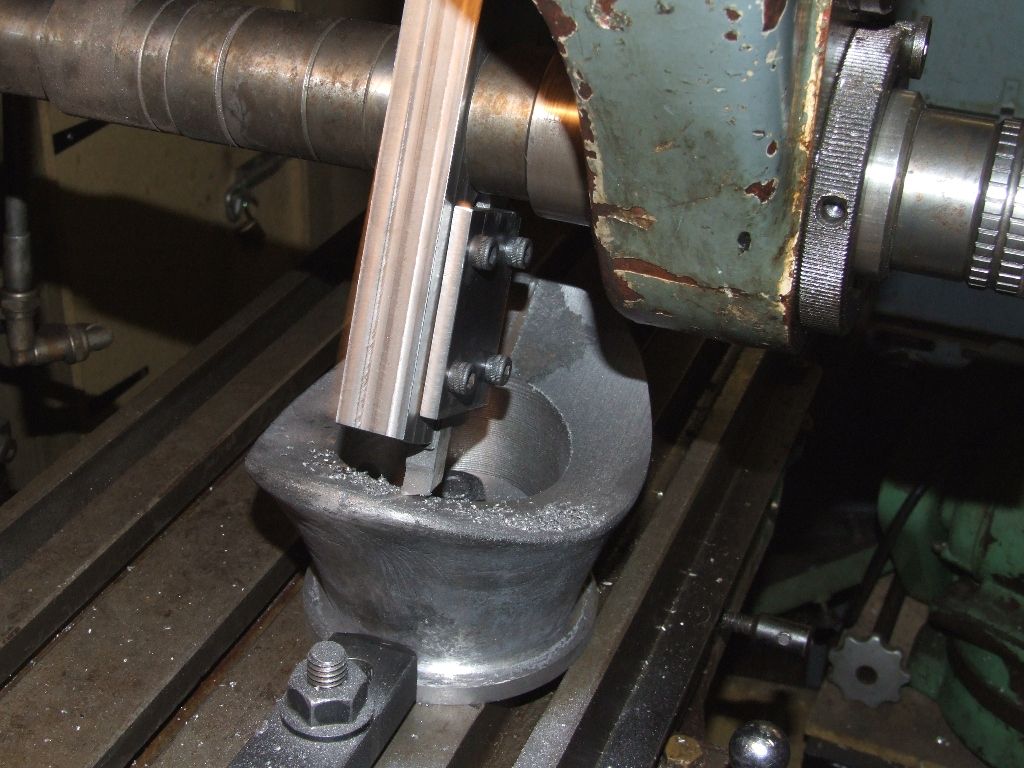Flycutter help
Flycutter help
- This topic has 34 replies, 19 voices, and was last updated 7 June 2018 at 22:39 by
ChrisB.
- Please log in to reply to this topic. Registering is free and easy using the links on the menu at the top of this page.
Latest Replies
Viewing 25 topics - 1 through 25 (of 25 total)
-
- Topic
- Voices
- Last Post
Viewing 25 topics - 1 through 25 (of 25 total)
Latest Issue
Newsletter Sign-up
Latest Replies
- Unusual Crow Bar Type Tool? Fire Brigade?
- Thread restorers
- How to balance a cup grinding wheel
- 2 6 2 model steam train
- Which lubricator do I need
- Clock gear cutting needed or advice in setting up from scratch.
- Instrumatic Hardness Tester
- Simple chuck/faceplate threaded mount for mill table
- Amadeal lathes – Any good??
- Adcock And Shipley vertical milling head – worth anything?






